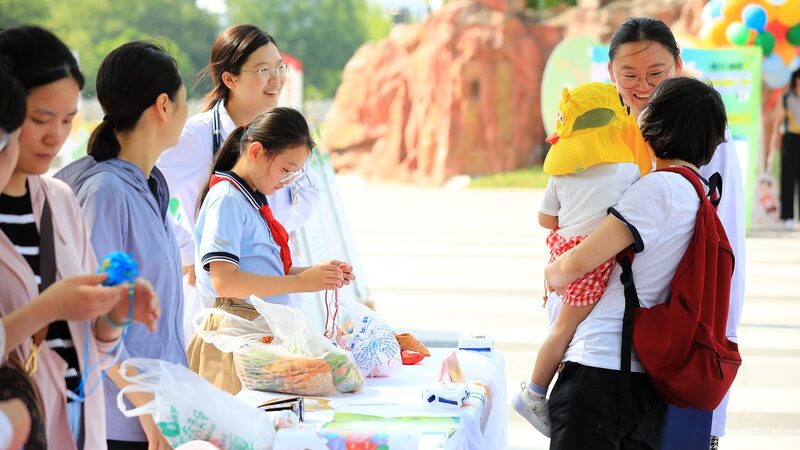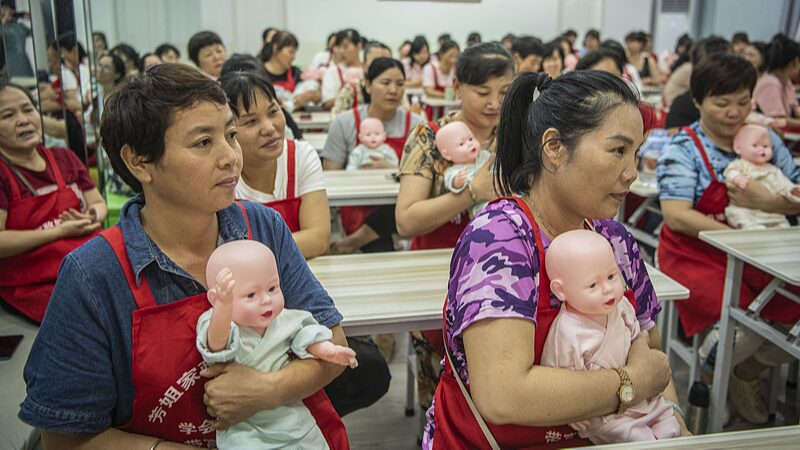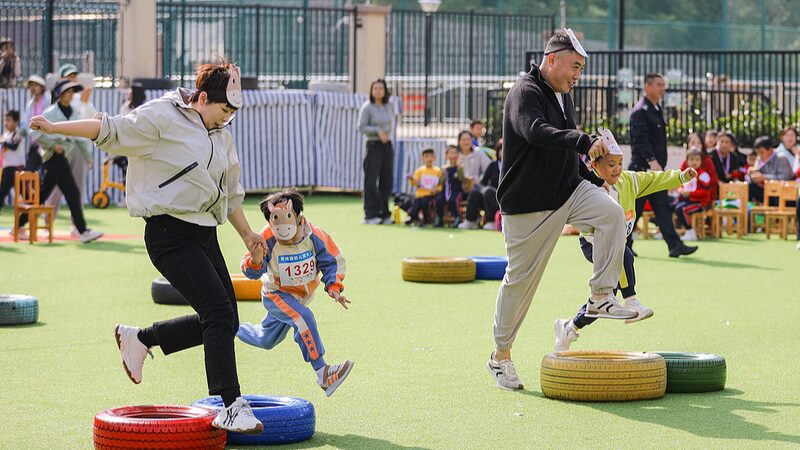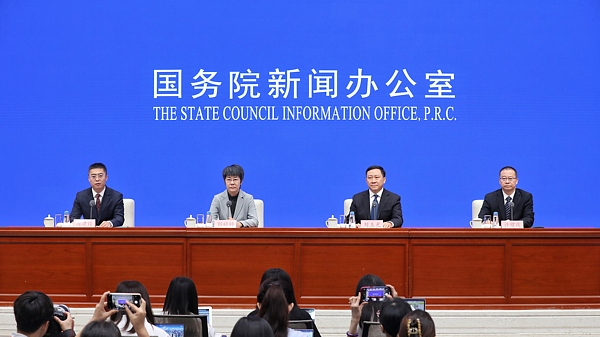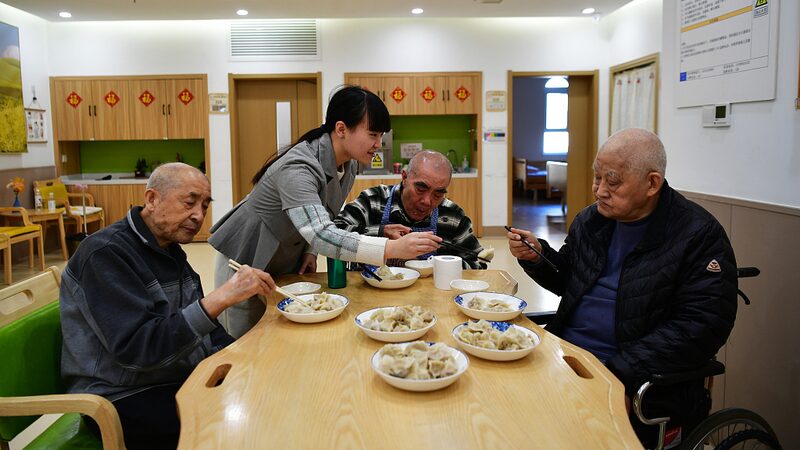China is taking a bold step to reverse its declining birth rate by unveiling a comprehensive set of 13 new birth support policies on Monday. 🍼👶
The initiative, detailed in a directive from the State Council, aims to create a more child-friendly society by enhancing childbirth support services, expanding child-care systems, and providing stronger support in education, housing, and employment sectors. 🏠📚💼
As the world's second most populous nation, China is grappling with significant demographic shifts. Since 2022, the country has been experiencing a population decline, with individuals aged 65 and above making up over 14% of the population. This trend is projected to intensify, with nearly 300 million Chinese citizens aged 60 or above currently, a number expected to exceed 500 million by 2050. 👵👴
In response to these challenges, China has been gradually relaxing its family planning policies over the past decade. Starting in 2013, the nation allowed couples to have a second child if either parent was an only child, followed by the introduction of a two-child policy in 2016. Most recently, in 2021, China permitted families to have a third child. These new measures represent the latest efforts to encourage larger families and address the aging population crisis. 🌟🍼
By fostering a birth-friendly social atmosphere and supporting families through various stages of child-rearing, China hopes to stabilize and eventually grow its population, ensuring economic and social vitality for the future. 🌱✨
Reference(s):
cgtn.com
